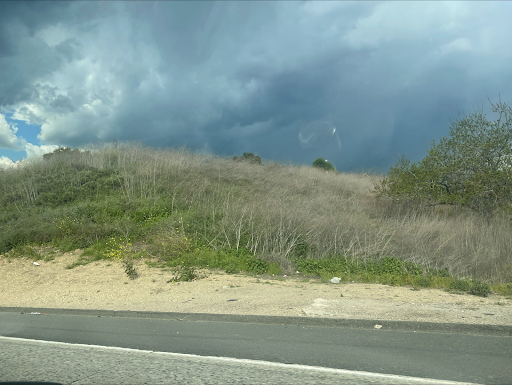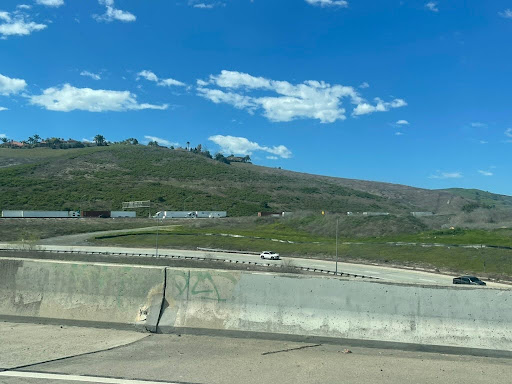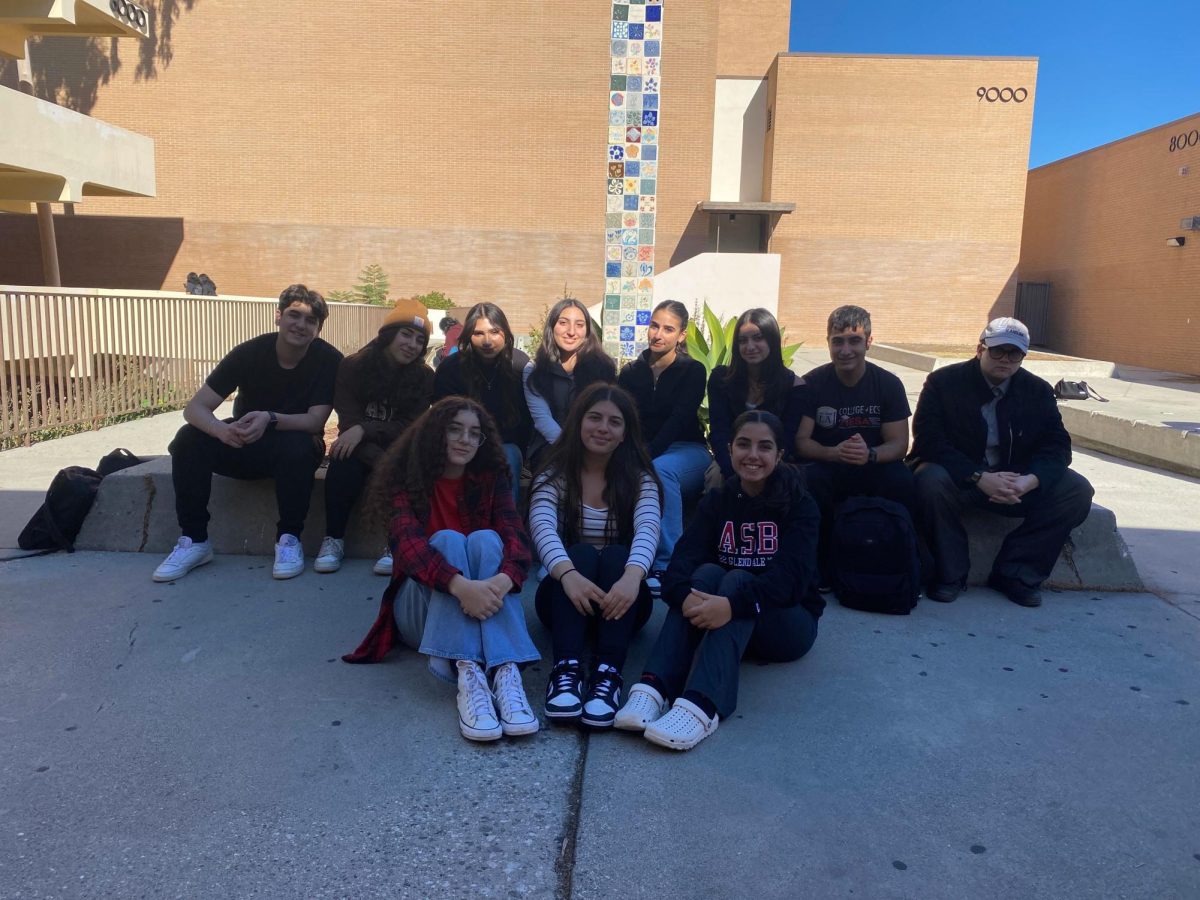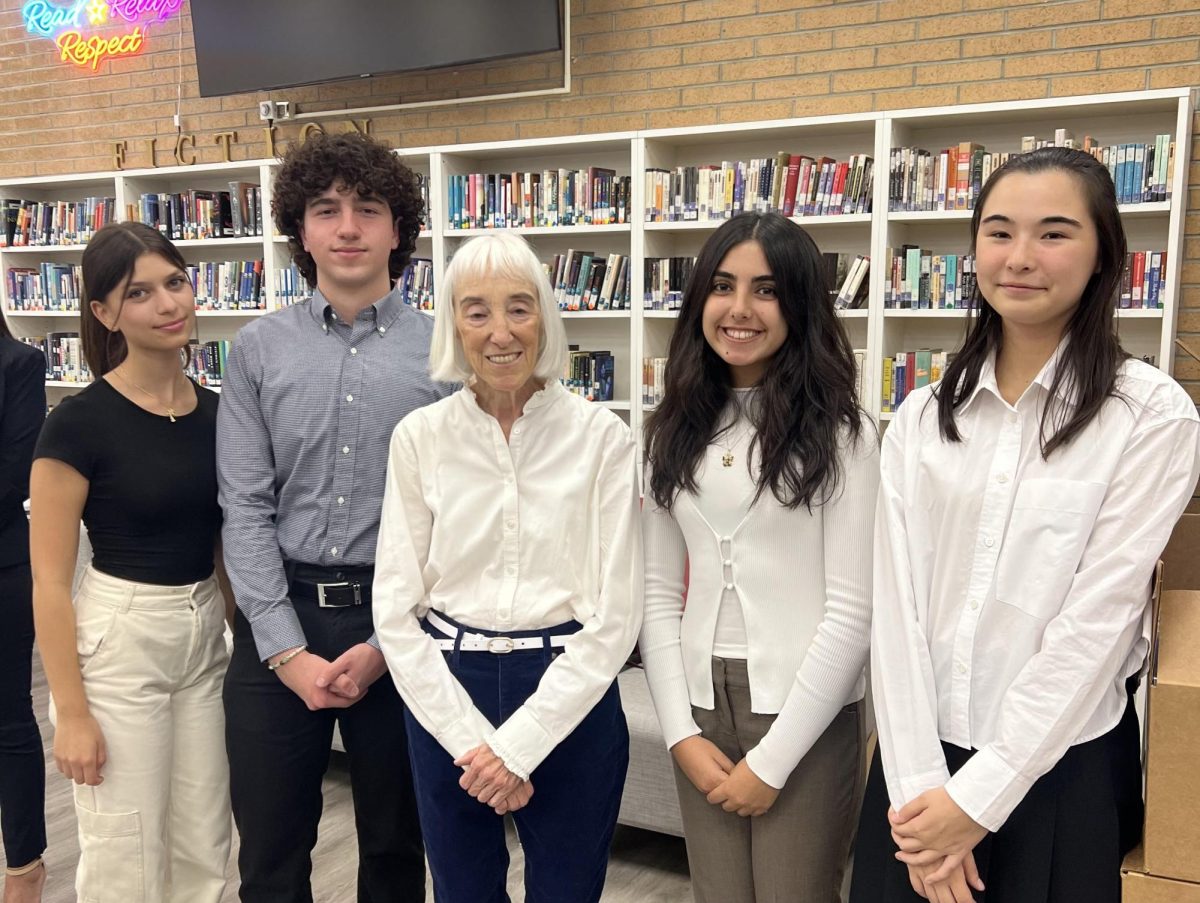Last year, as I was driving out to take a tour of Cal Poly Pomona, I noticed the hills were wreathed in striking yellow. Unfortunately, these were no normal native wildflowers. As I knew from my mother, a professional garden designer, that bloom was all of one species – the black mustard plant. Struck by the sheer area entirely dominated by this single invasive species, I decided to write an article about it.
This year, I drove back by those same hills again, to tour UC Riverside. I discovered that all that mustard was still there – the only difference being that this time it was all dead.
As I noted last year, black mustard is an invasive species here in California. It’s a nasty and prolific weed, said to have been introduced to our state by Spanish missionaries. Black mustard is “allelopathic”, meaning it literally poisons the soil so that little else can grow.
And as if that weren’t bad enough, black mustard is also an enormous fire hazard. Seeing what I did on the way to UC Riverside, it’s not hard to see why. Black mustard dies, and when it does, it dries out and leaves enormous stands of flammable grey stalks. These act as “fire ladders”, which are tall stems that may spread wildfires to nearby trees.

I wonder how many people have driven down the highway without noticing the ecological disaster sprouting right next to them. I saw hills sheathed in yellow last year, where the black mustard had flourished after the rains. And now they are covered in grey, the dead remnants of the mustard superbloom of the year before.
As I previously stated, black mustard poisons the soil, killing other plants and also fungal mycorrhizal networks. Not only does this weed cause fires, it benefits from them. It germinates faster than native species, following the wildfires that it has helped spread, leading eventually to the formation of monocultures, where only it and the other flammable European grasses it grows in association with are found. This can eventually lead to a “complete type conversion from shrubland to grassland”, causing our native California shrubland biome to be replaced with a grassland biome, consisting mostly of European invasives.
There is, however, one somewhat positive thing to note. Brassica nigra is a mustard, and as you are well aware, mustard is edible. You can in fact eat this plant, and perhaps you might want to give it a try. Many already have, as an article from the Associated Press noted last June. Invasivorism is a controversial idea, but as long as you’re not planting it yourself, go ahead and eat it. It’s everywhere, and by harvesting it, you’re helping rather than hurting the ecosystem.
That invasives like black mustard are so dominant and so common is disappointing, to say the least. There is enormous ecological havoc wreaked by plants we’ve spread on purpose, as black mustard is believed to have been introduced by the Spaniards, either as a spice crop or as a Hansel-and-Gretel style path-marker. This fact is overall demonstrative of the lasting consequences that human carelessness can have on our ecology.
Let us hope that we may be more careful in our future choices. We only have one planet, and the world has no undo button.












